Let’s stir up some magic in the lab with today’s hot topic: Korean hair care secrets!
While Korean skincare tends to steal the spotlight, Korean haircare is quietly revolutionising the way we treat our scalps and strands, and if you’re not paying attention, you’re missing out on one of the most innovative corners of the beauty industry today. With its scalp-first focus, elegant textures, and commitment to long-term health over quick fixes, K-haircare is an absolute game-changer.
What sets Korean haircare apart is its holistic approach. Much like K-beauty’s focus on skin layering, prevention, and barrier support, Korean haircare applies the same philosophy to the scalp. It’s not just about cleansing and conditioning, it’s about treating the scalp as skin. This shift in perspective makes Korean-inspired hair routines not only highly effective but also incredibly inclusive. Whether you’re targeting hormonal changes, sensitive scalps, or multicultural hair textures, this ritual-based routine is adaptable and gentle.
The Scalp-First Routine Philosophy
A typical Korean haircare routine begins with a deep respect for the scalp. It often starts with a gentle exfoliant, something like salicylic acid, bamboo vinegar or PHAs, to remove buildup and unclog follicles. Then comes a low-pH shampoo made with mild surfactants that clean without stripping the scalp’s natural oils.
Next up? A scalp toner or mist, infused with calming ingredients like panthenol, centella, green tea, or rice extract. These hydrate and soothe the scalp between washes. Lightweight leave-ins such as ampoules, essences, or protein waters follow, delivering actives like amino acids and fermented ingredients without weighing hair down. Finally, you’ll find non-greasy leave-in conditioners or serums using plant esters or sugar-derived conditioning agents, rather than heavy silicones.
Every step is designed to be layerable, barrier-supportive, and sensorially appealing, perfect for customers who crave scalp care with a luxurious feel. Korean haircare’s rise is fueled by consumer demand for clean, holistic, and preventative solutions. By tapping into this trend, your brand can attract eco-conscious and sensitive-scalp consumers, offering products that feel luxurious while meeting modern expectations for transparency and efficacy.
The Rise of Prebiotic and Post-biotic Scalp Actives
Korean haircare has embraced the microbiome, not only through fermentation, but via deliberate prebiotic and post-biotic strategies. Prebiotics like inulin and alpha-glucan oligosaccharide, help beneficial bacteria thrive on the scalp, which in turn reduces inflammation and supports stronger follicles. Post-biotic ingredients like Lactobacillus ferment lysate, Bifida ferment lysate and Saccharomyces filtrate deliver barrier-strengthening metabolites that improve scalp health and soothe sensitivity. These actives are especially effective in leave-in formats such as scalp essences or mists, where they remain in contact long enough to show results.
Forget harsh sulphates or overused proteins. Korean haircare leans into skin-soothing botanicals, microbiome-friendly ferments, and hydration heroes. Think ginseng, mugwort, bamboo, centella, rice bran, amino acids, ceramides, and proteins in soft, water-light formats. These ingredients are not only effective but gentle, making them perfect for modern, conscious consumers.
One of the most under-appreciated strengths of Korean haircare is how adaptable it is across hair types. Scalp-first routines are inherently texture-agnostic: they’re just as effective for wavy and coily hair as they are for fine, straight strands. But inclusivity requires intention. For dry or high-porosity hair, Korean-inspired formulas can be enriched with sugar esters, plant-based occlusives, or hydrolysed proteins like rice or silk protein, all while remaining lightweight. For curl definition, film formers like pullulan or flexible polymers can be added to scalp-safe leave-ins. And for those managing hair loss, Korean-inspired scalp serums often integrate peptide complexes or caffeine to support follicular energy without irritation.
Texture Engineering: What Makes K-Haircare Feel So Good
Korean haircare doesn’t just deliver results, it delivers experience. The lightweight, layerable textures are often built with film-forming polysaccharides, sugar esters, and natural water-phase gellants which create a silky or jelly-like slip without heaviness. Hair ampoules may include polyquaterniums or fermented amino acid blends to reduce static and improve shine. Scalp mists often rely on PEG-free solubilisers to keep essential oils or botanical extracts dispersed without cloudiness or tackiness. It’s a quiet revolution in sensory chemistry, one that Western brands are only just beginning to catch up to.
Ritual Over Results-Pressure: Brand Positioning for the Modern Consumer
One of the most powerful aspects of Korean haircare is its brand voice. Instead of promising to “fix” hair or “fight” scalp issues, it nurtures. The textures are spa-like: jelly serums, silky mists, ultra-fine ampoules. The language is soft, sensory, and ritual-based. Packaging is elegant, pastel-toned, and minimal, with a focus on clarity over clutter. In short, it’s a love letter to the scalp.
So, if you’re launching a new line or hero product, think less “anti-dandruff powerhouse” and more “scalp-refreshing tonic that purifies without stripping”. They have found a way to keep customers coming back.
The 10-Step Korean Haircare Routine: A Ritual, Not a Race
Step 1: Scalp Exfoliation (1-2x/week)
A pre-wash step to unclog follicles, reduce flakes, and rebalance the scalp microbiome. Typically formulated with PHAs, salicylic acid, bamboo vinegar, or enzyme-based ferments like pumpkin or papaya.
Step 2: Shampoo & Scalp Massage
Before or during hair washing, massage your scalp in circular motion to stimulate circulation and promote healthy hair growth. Use a pre-poo oil blend or a mild shampoo designed to cleanse without disrupting the scalp’s lipid barrier.
Step 3: Conditioner
Applied mid-shaft to ends to hydrate and smooth. Korean conditioners tend to avoid heavy silicones and instead use sugar esters, phytosterols, and fermented oils for slip.
Step 4: Scalp Treatment (Ampoule or Serum)
Targeted leave-on treatment for scalp concerns like itching, thinning, or excess oil. Hero ingredients include caffeine, niacinamide, fermented lysates, peptides, and amino acids.
Step 5: Hair Mask (weekly)
An intensive treatment loaded with ceramides, hydrolysed silk, keratin, or plant butters. Often left on for 10–20 minutes. Designed to restore elasticity and shine.
Step 6: Leave-In Treatment (Ampoule or Serum)
Lightweight, watery treatment sprayed through towel-dried hair. Often contains hydrolysed proteins, amino acids, panthenol, and herbal distillates. Helps rebuild strength without stiffness.
Step 7: Heat Protectant
If heat styling is part of your routine. Korean heat protectants are often enriched with nourishing ingredients like argan oil and herbal extracts, combining thermal protection with hydration.
Step 8: Scalp Mist/Tonic
Post-cleanse hydration for the scalp, similar to a facial toner. Often includes panthenol, beta-glucan, centella, green tea, or rice ferment. Helps restore pH and prep for actives.
Step 9: Shine Spray
These products seal moisture, reduce frizz, and often include added benefits like shine-enhancing properties.
Step 10: Hair Oil
Just a few drops of a dry-touch oil, camellia, argan, or fermented soybean, used to lock in moisture and protect ends from heat or friction.
The goal of this 10-step structure isn’t to upsell, it’s to build a modular system where each step plays a distinct role. Whether you’re creating a full line or a hero SKU, framing your product as part of this ritual adds both emotional and practical value.
Ready to Start Formulating Haircare That Begins at the Root?
If you’ve made it this far, you already know the power of Korean haircare. It’s not just another trend, it’s a reimagining of how we care for our scalp and hair. It’s preventative, lightweight, elegant, and it works.
So whether you’re a beginner formulator or a seasoned chemist ready to expand your range, now is the perfect time to bring scalp-first, skin-friendly Korean-inspired haircare into your brand.
Download our K-Beauty e-book and let’s create haircare that nurtures, soothes, and inspires!
Here’s to formulas that work and brands that thrive!
From My Lab to Yours!
Morgane
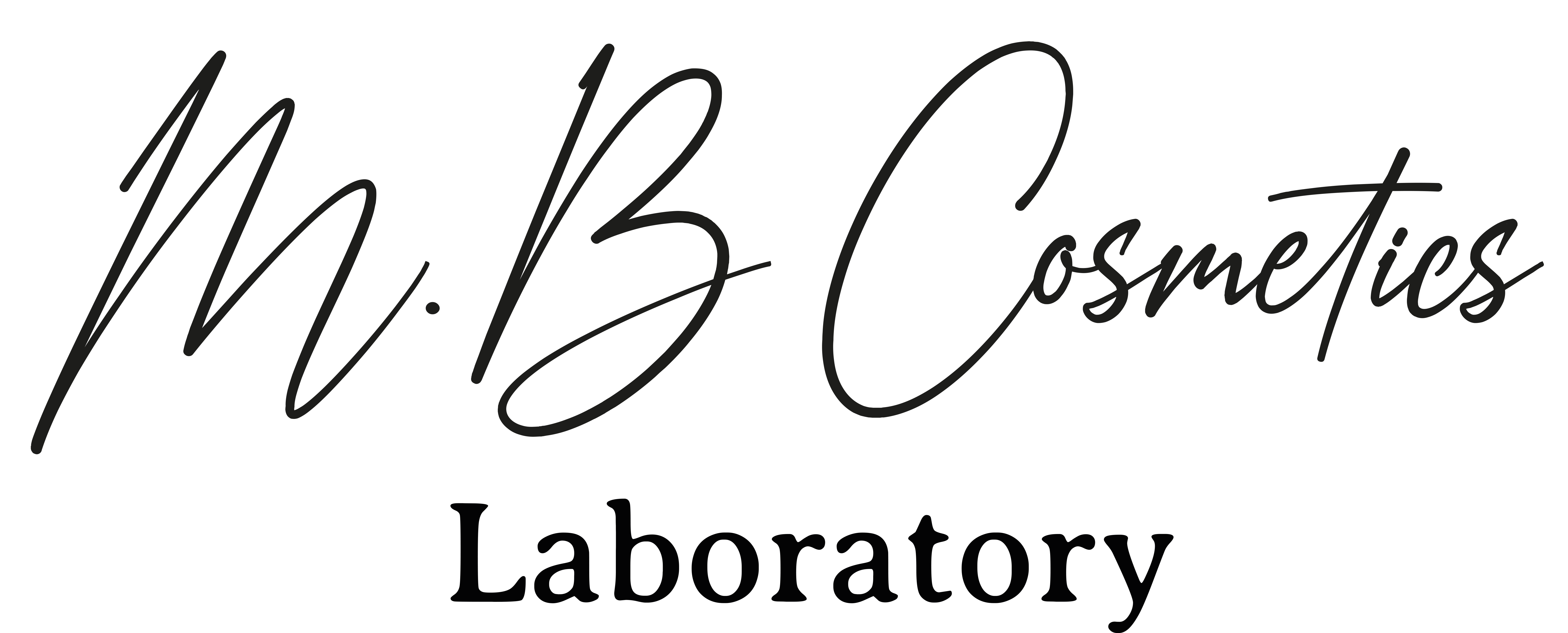
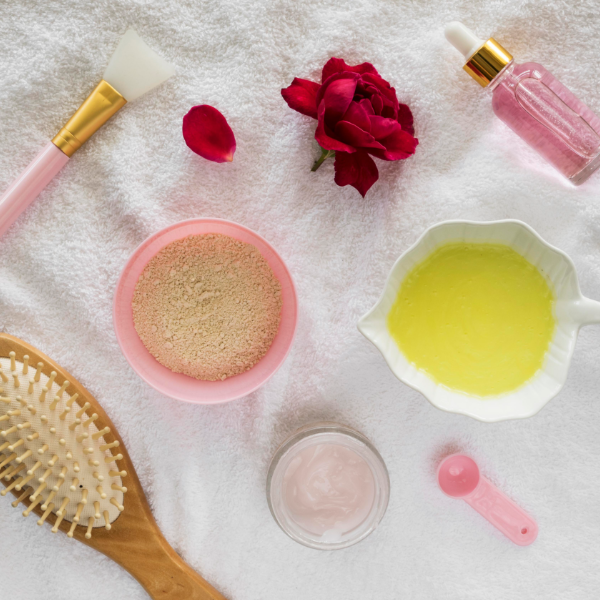
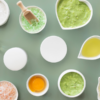

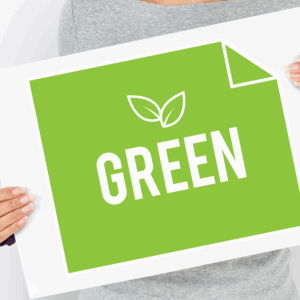
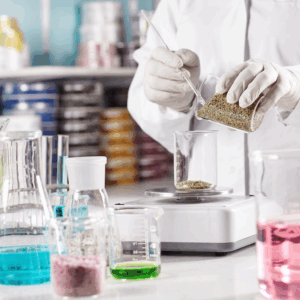

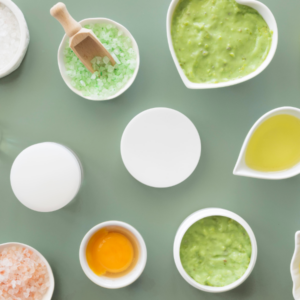
Add comment